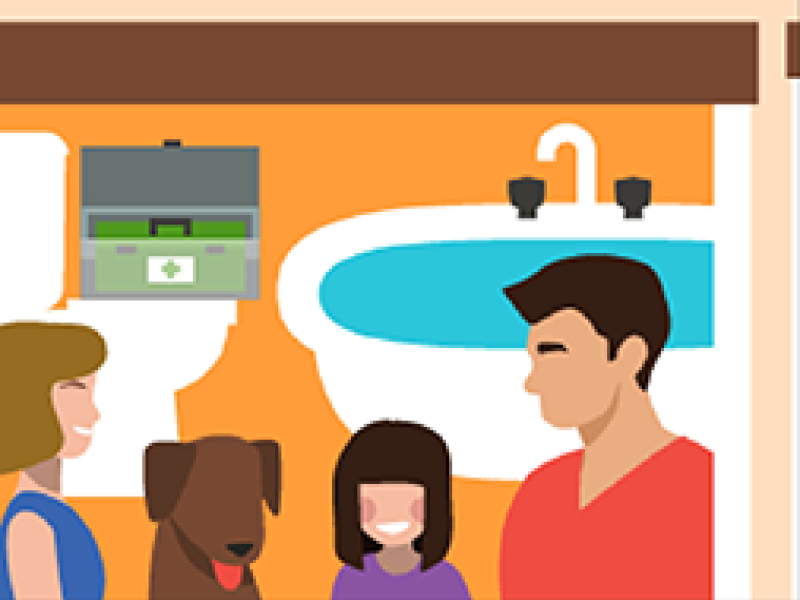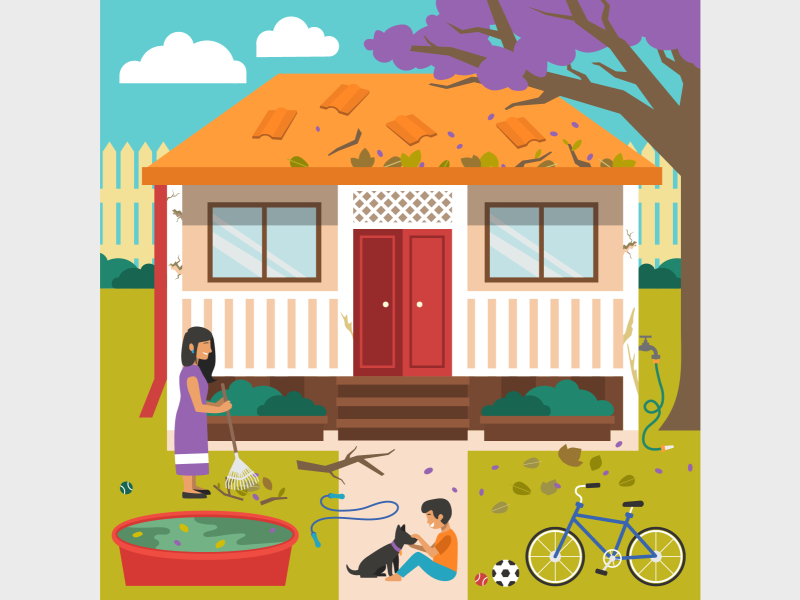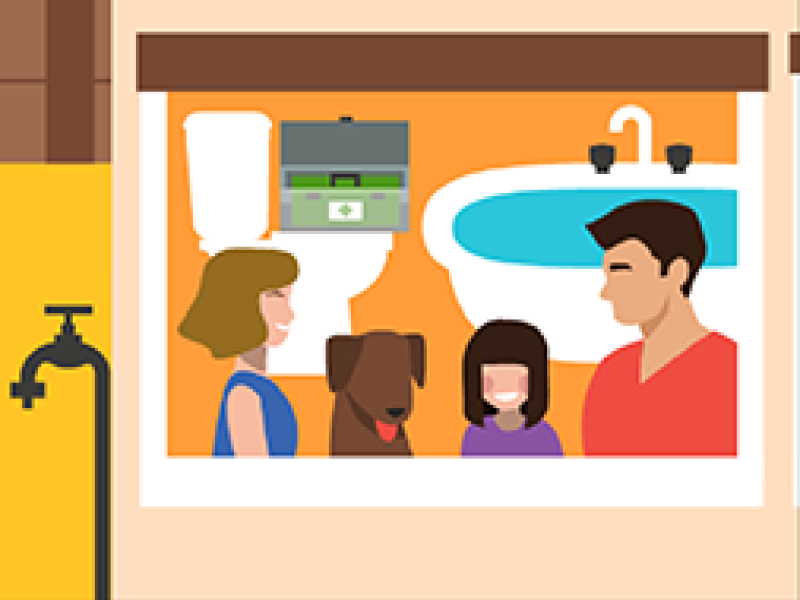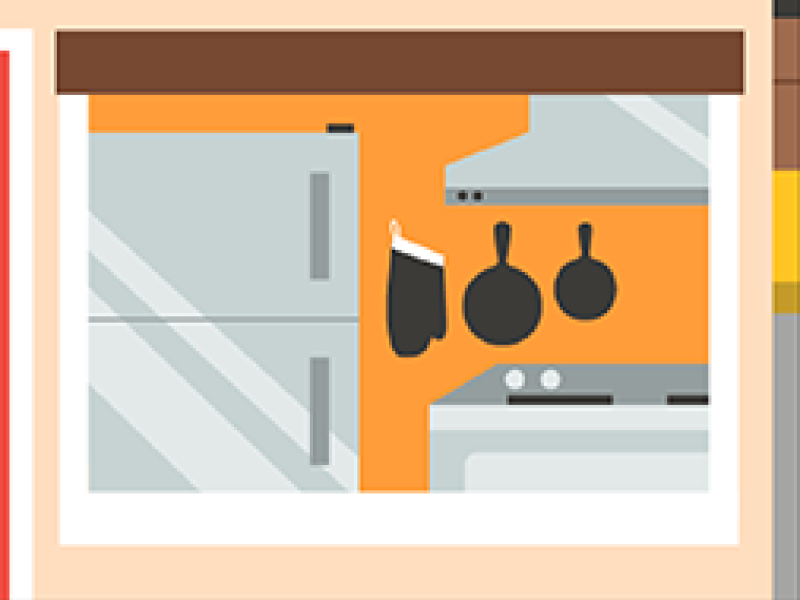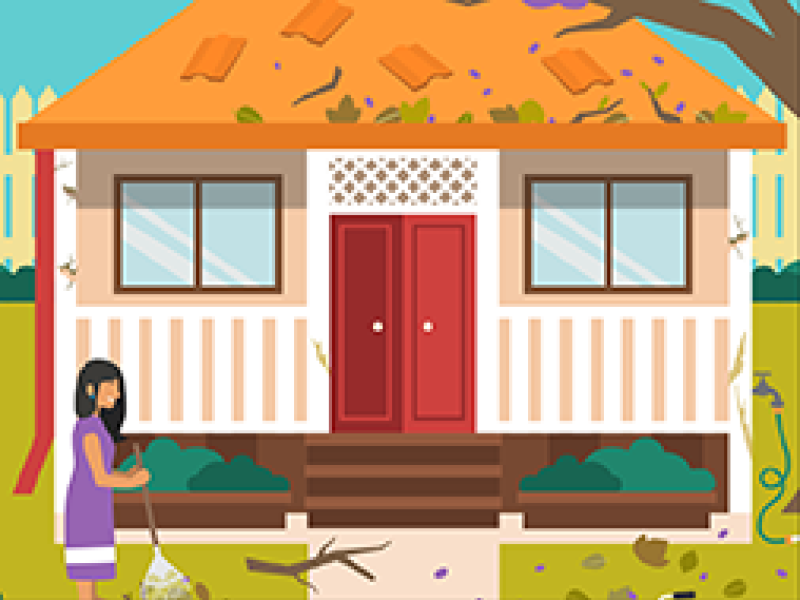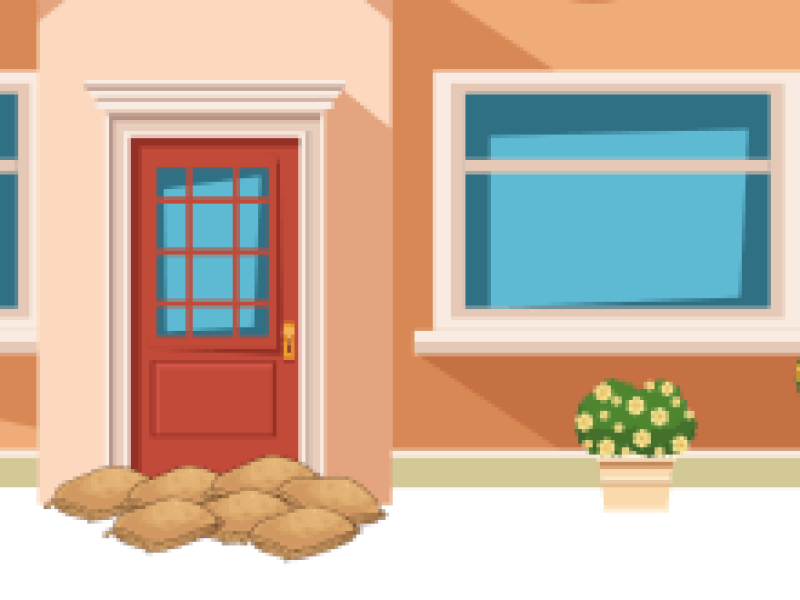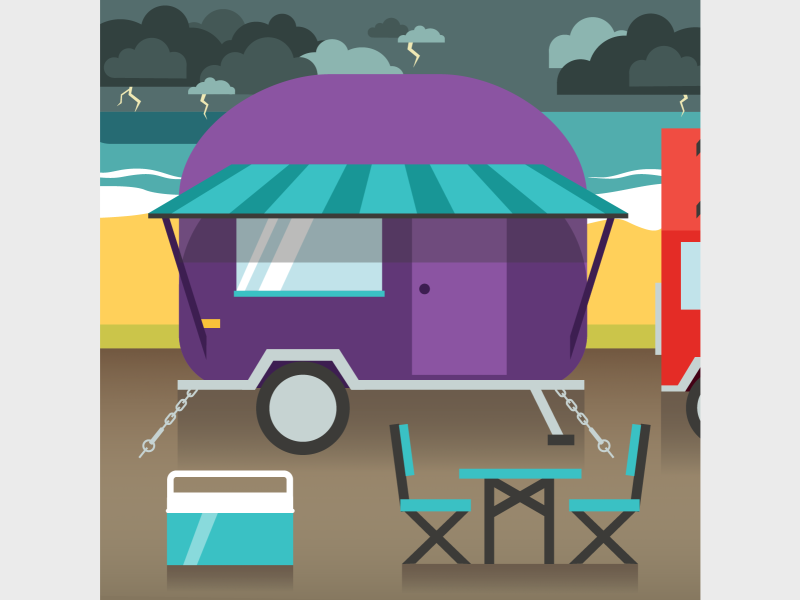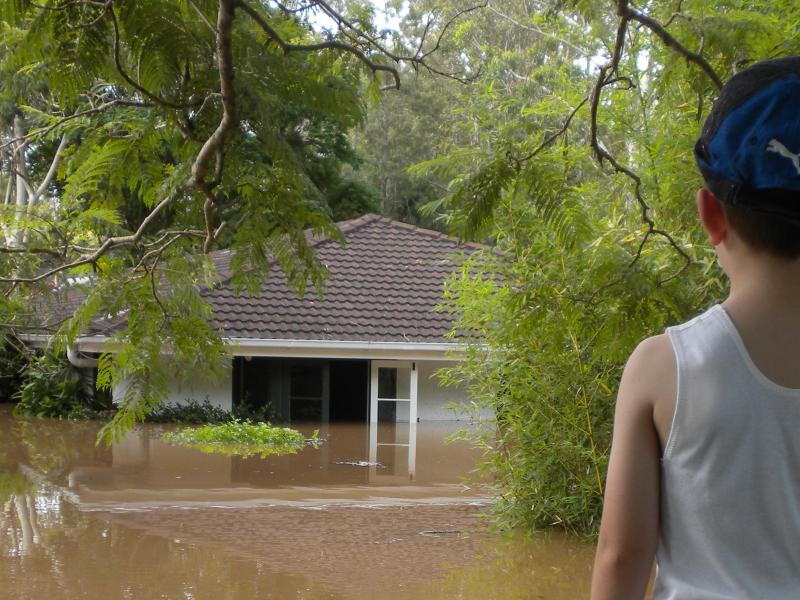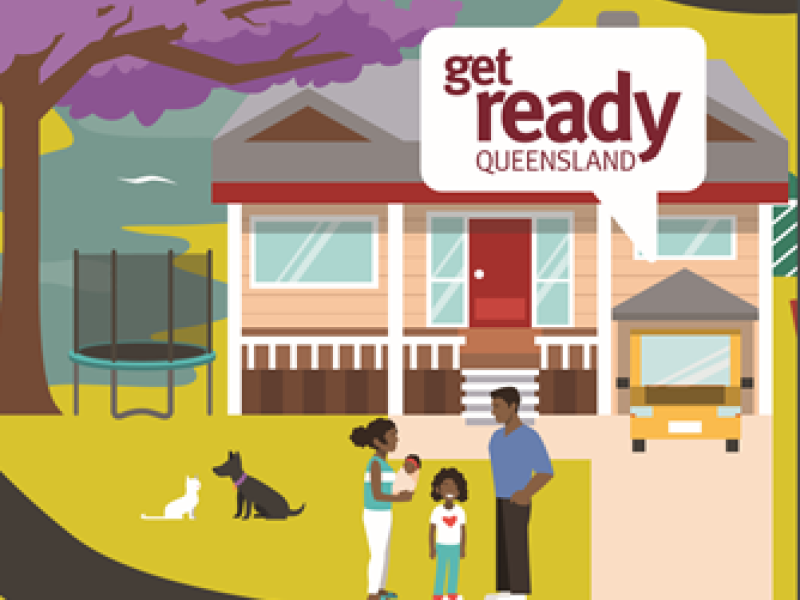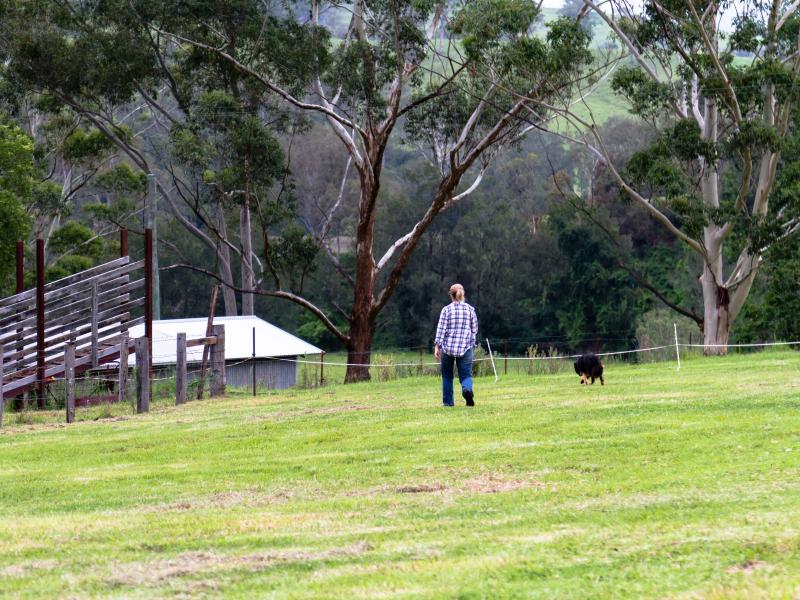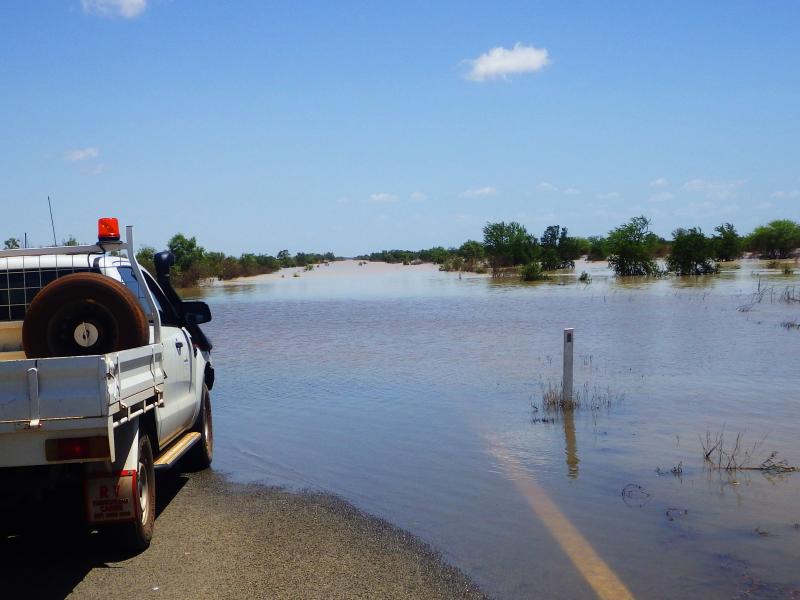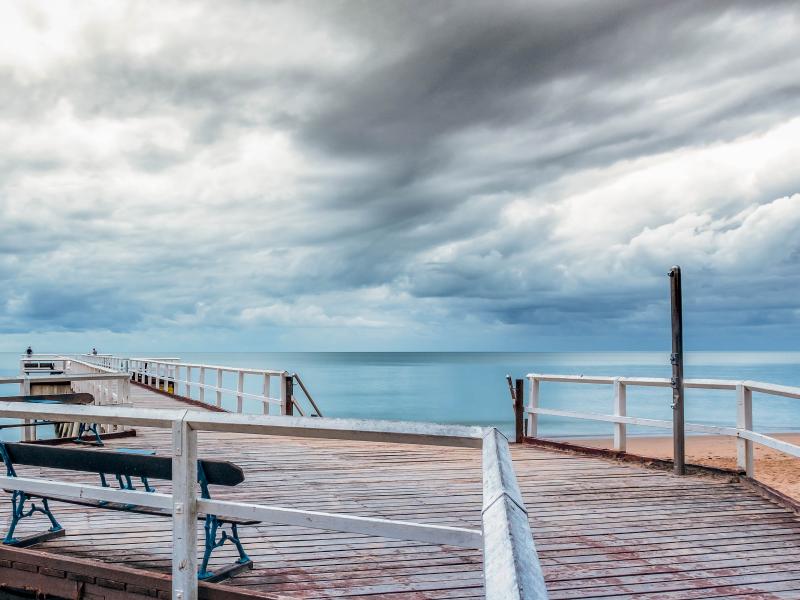Home Maintenance
Keeping your home maintenance up-to-date all year round can help prepare you for severe weather.
Use the tips below to get ready.




Insurance
Queensland is the most natural disaster impacted state in Australia, exposing our homes to repeated damage from devastating cyclones, floods and other disaster events such as bushfires. Make sure to check your insurance policy has enough cover for your home and contents.
Strengthen your Home Against Extreme Weather
Home maintenance is key to improving your home’s resilience. This might be as simple as tidying up around the yard, or you can think about resilient design and materials. Learn more about resilient building options by clicking here.
How to Guides
Bunnings' 'Do it Yourself' series has tips for preparing your home for extreme weather. There are some great options below or visit their website for more information by clicking here.
What to do When a Cyclone, Severe Thunderstorm or Flood is on the Way
Every severe weather event is different, but you can take steps to prepare your home and surroundings before conditions worsen.
Use these tips to get ready.
